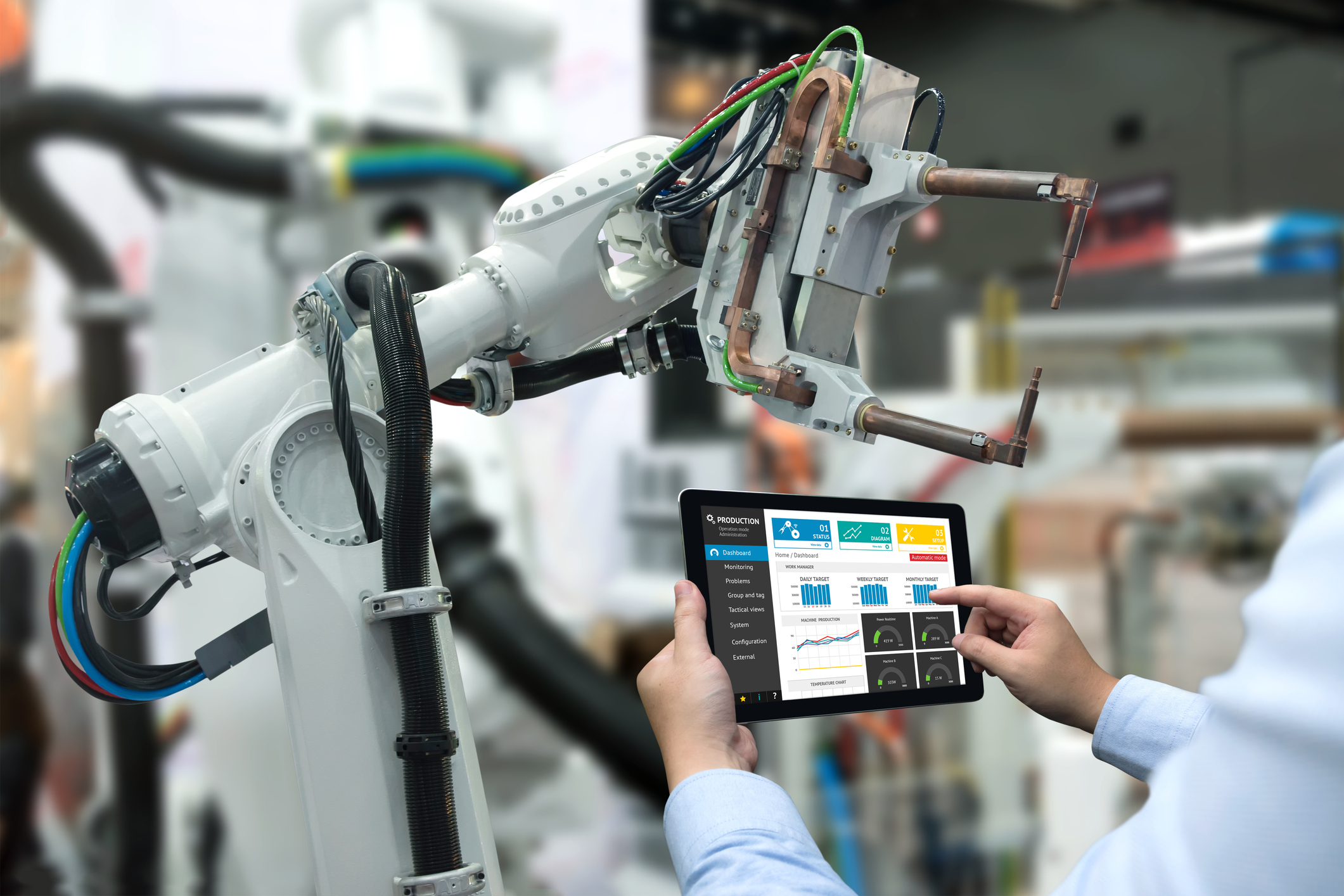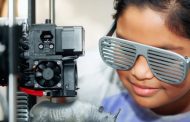Multimaterial Projects
PULLMAN, Wash. – Similar to the advance from black and white to color printing, a Washington State University research team for the first time has used 3D printing technology in a one-step process to print structures made of two different materials.
The advance could potentially help manufacturers reduce manufacturing steps and use one machine to make complex products with multiple parts in one operation. Until now, 3D printing, also known as additive manufacturing, has been limited to using mostly one material at a time.
Led by Amit Bandyopadhyay, Herman and Brita Lindholm Endowed Chair Professor in the School of Mechanical and Materials Engineering, the researchers used 3D printing technology to print out metal and ceramic structures as well as a bimetallic tube that is magnetic in one end and nonmagnetic in the other. The report on their work is published in the May issue of Additive Manufacturing.
More precise, versatile product characteristics
Three-dimensional printing has changed the landscapes of many industrial practices and has significantly influenced product design protocols. Anyone who wants a custom part can design it on a computer and then simply print it out.
However, manufacturers can only put one material into a printer to print out parts. By being able to use more than one material at a time, they will be able to better control properties like heat conduction, corrosion protection, as well as environmental adaptation in their materials.
“This is a step towards the next level of manufacturing and the next generation of design, validation, optimization and manufacturing using 3D printing,” said Bandyopadhyay.








